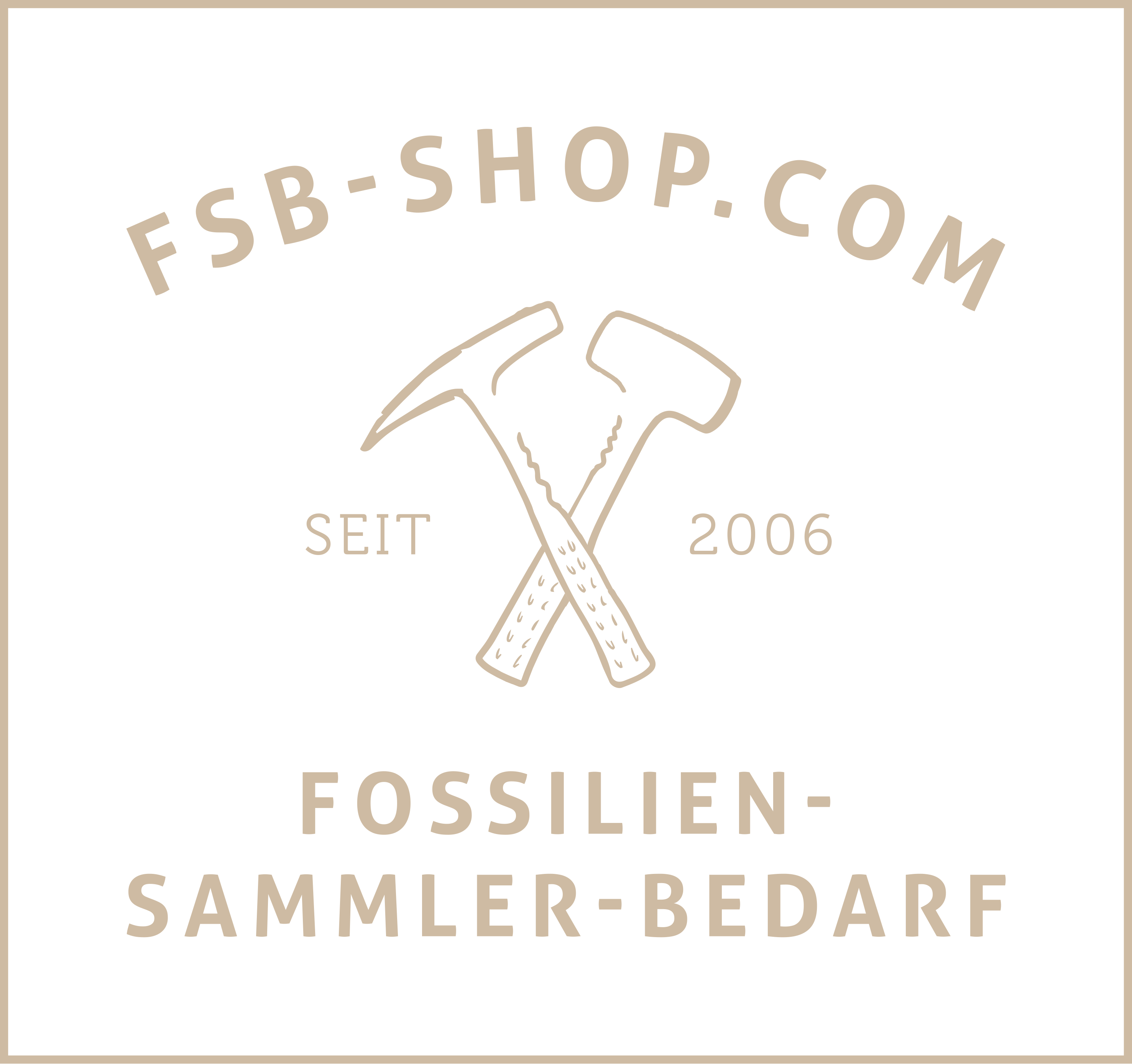
| Species | Coroniceras rotiforme SOWERBY |
| Author | SOWERBY |
| Group | Arieten |
| Horizon | rotiformis-horizon |
| Zone | rotiformis-zone |
| Stage | Lower Sinemur |
Description
This characteristic species is described in detail by Wähner.
The cross-section of the windings is trapezoidal, the windings are wider than they are high. The innermost turns are smooth, followed by bead-shaped ribs that very soon become higher and straighter. The ribs start at the suture, gain height strongly, run straight and radial or slightly inclined backwards over the flank and form a spine or knot near the outer side. From there the ribs bend sharply forward, quickly weakening and ending in the secondary keels. Two deep furrows and a distinct median keel complete the picture. According to Wähner, there are all kinds of variations, but we have too little material to prove them.
* Description according to Wähner (1890), supplemented
Compare
The spines on the straight ribs together with the furrows and the median keel speak clearly for the genus Coroniceras. The related species described here differ in the absence of keel or furrows.
The ammonites from the close relationship of Coroniceras rotiforme have not been found at all in the Karwendel Mountains so far. The illustrated pieces all come from the historical sites in Lower Austria and its surroundings.
Dimension
Dimensions with D= 62mm
Nw % v. D: ca. 60%
Wh % v. D: ca. 22%
Wb % v. D: ca. 27%
Literature
- 1890 Arietites rotiformis Sow. – Wähner, S. 202, Taf. 49, Taf. 50, 1-4, Taf. 51,1-6










